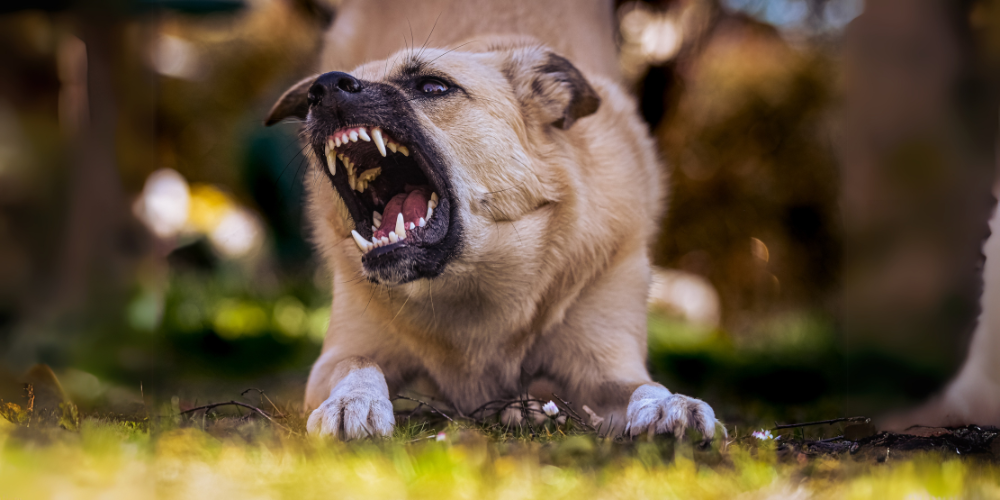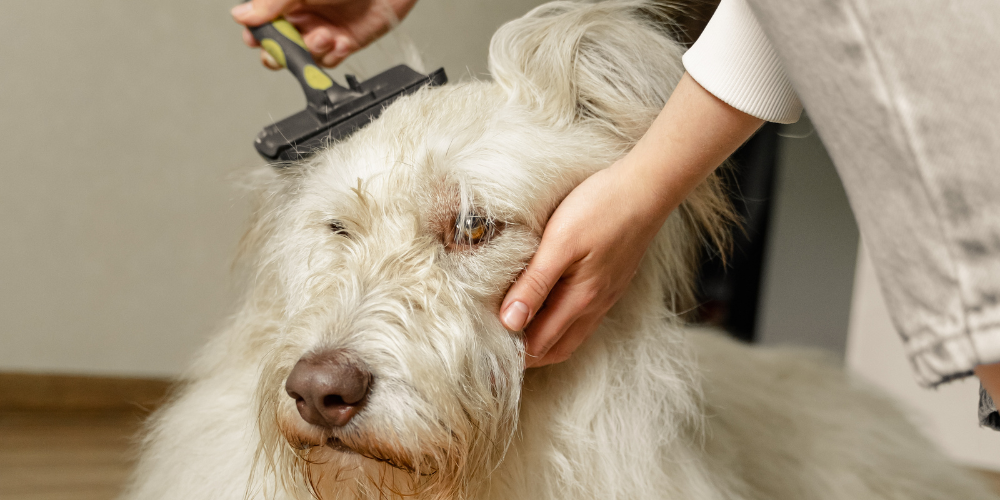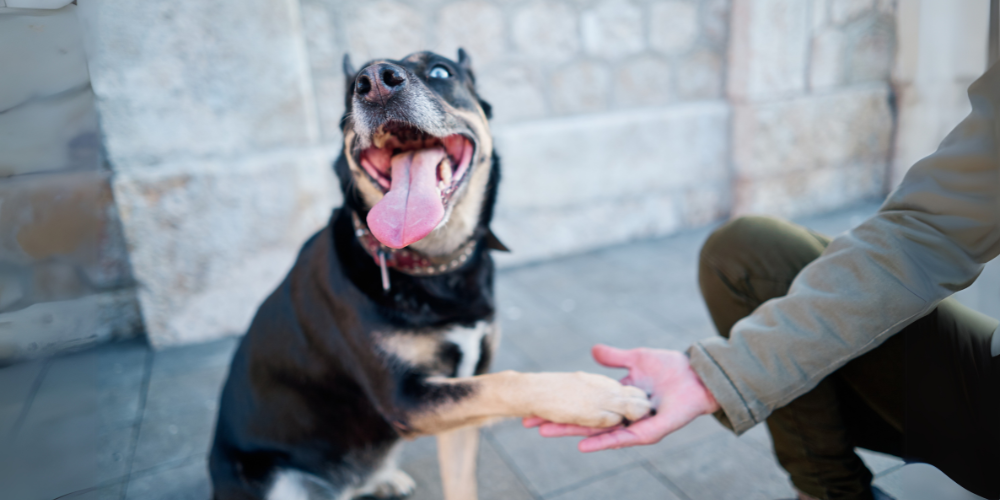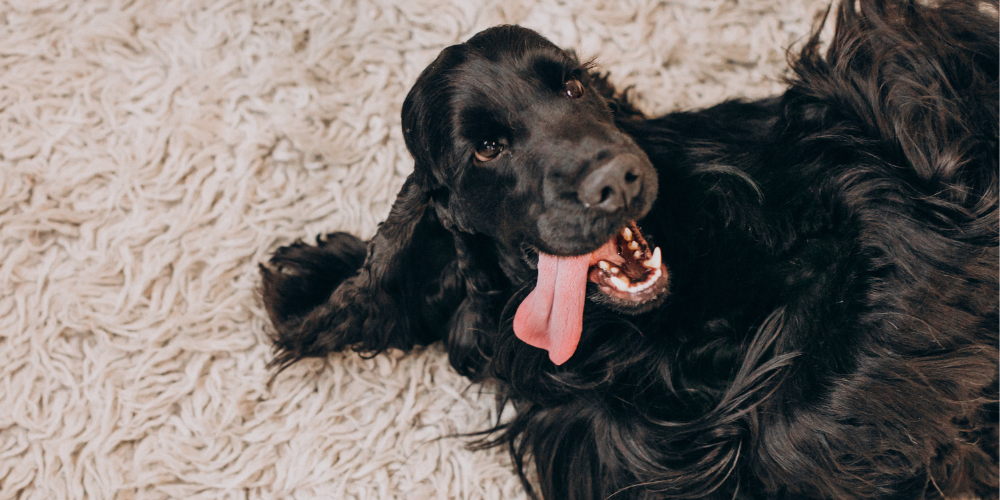
What to Watch for in Other Dogs
When you’re out with your dog—whether it’s a stroll through the neighbourhood or a run at the dog park—it’s not just your dog’s behaviour you need to keep an eye on. Understanding the signs of aggression in other dogs is just as important for keeping your own dog safe and stress-free.
Dogs communicate with their body language long before they bark or bite. And if you know what to look for, you can avoid a tense situation before it even starts.
Here are 7 signs another dog might be showing signs of aggression, plus a few tips to help you respond calmly and confidently.
1. Intense staring and stiff body posture
This is one of the clearest early signs of dog aggression. If another dog suddenly becomes very still, locks eyes with your dog, and holds a rigid posture—it’s not a friendly hello. That intense stare is often a signal they’re feeling threatened or defensive.
A relaxed dog will wiggle, blink, sniff the ground, or shift their weight. A tense dog that’s frozen in place is preparing to react, not to play.
Tip: Don’t encourage your dog to approach. Change direction or move away slowly and calmly.
2. Raised hackles (hair standing up)
When a dog’s hackles—those hairs running down the neck and back—are standing on end, it’s a sign they’re in a state of high arousal. That could mean excitement, fear, or aggression.
It doesn’t always lead to a fight, but it’s a big clue that the dog isn’t fully relaxed or comfortable.
Did you know? Dogs don’t control their hackles voluntarily—it’s an automatic response to stress or threat, like goosebumps in humans.
3. Deep, intense barking
All dogs bark. But aggressive barking is usually lower in pitch, rapid, and paired with other warning signs—like lunging, stiff posture, or growling.
This isn’t the excited “come play with me” kind of bark. It’s the “stay away” type. If another dog is barking in this way as your dog approaches, don’t ignore it.
Tip: Give the barking dog space and avoid eye contact. Most dogs don’t want to fight—they just want distance.
4. Lunging or charging
A dog who lunges forward—especially when on a lead—is often acting out of fear or frustration. It might look like confidence, but it’s usually reactive behaviour, especially when they feel trapped or overwhelmed.
If a dog is lunging at others in the park or on the footpath, it’s best to steer clear, even if their owner says “they’re friendly.”
Fact: Many dogs act more aggressive when they’re on a lead because they feel less able to escape.
5. Snapping or air biting
This is one step away from a bite. A dog that snaps the air near another dog or person is issuing a final warning. It’s not playful—it’s a way of saying, “Back off now.”
You might also see this around food, toys, or when another dog is getting too close to their personal space.
Good to know: Dogs that snap once are likely to snap again—avoid giving them another opportunity.
6. Ignoring calming signals
Dogs use subtle body language to show they’re trying to avoid conflict. These are called calming signals—things like yawning, turning their head away, sniffing the ground, or licking their lips.
If one dog is showing these signs and the other is ignoring them and continuing to crowd, chase, or stare—that’s a red flag.
Watch for this: A respectful dog will notice when another is uncomfortable and back off. An aggressive or poorly socialised dog may not.
7. Guarding behaviour
Some dogs will guard a person, a toy, or even a space like a bench or tree. They might growl, snap, or lunge if another dog comes too close. This is called resource guarding—and it can be directed at your dog even if they’re just passing by.
Tip: If you notice a dog growling as others walk past or circling a spot and barking, steer your dog clear.
What should you do if you spot these signs?
Your best move is always to calmly remove your dog from the situation. Don’t shout or yank on the lead—that can ramp up tension. If off-lead, call your dog back with a happy tone and pop them back on lead if needed.
If a situation feels off, trust your gut. You don’t need to risk a confrontation just to be polite.
Remember: it’s always okay to protect your dog’s space, even if the other owner insists their dog is “just being friendly.”
Summary
Learning to spot the signs of aggression in other dogs is one of the best things you can do to keep your dog safe and relaxed. A bit of awareness can help you avoid stressful situations before they happen.
Keep your walks and outings enjoyable by staying calm, observing body language, and giving your dog the confidence that you’ve got their back.
Need support for reactivity, anxiety or social behaviour? Explore our training and behaviour range for dogs to help your dog stay calm and confident in any environment.



